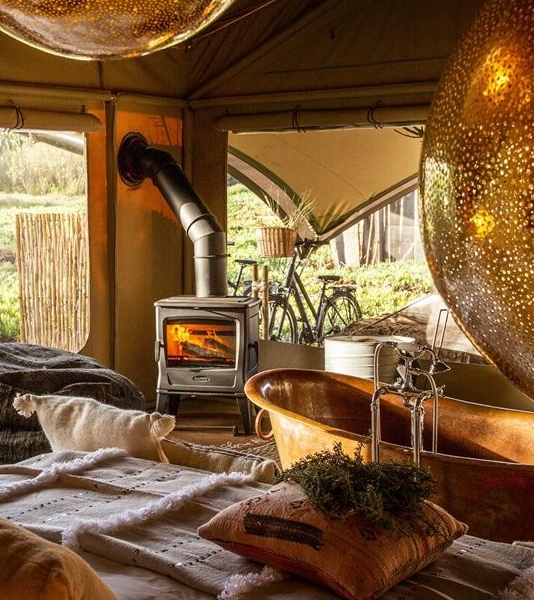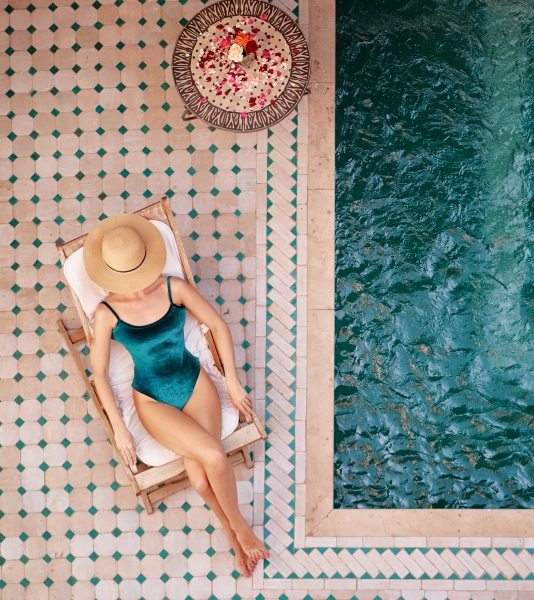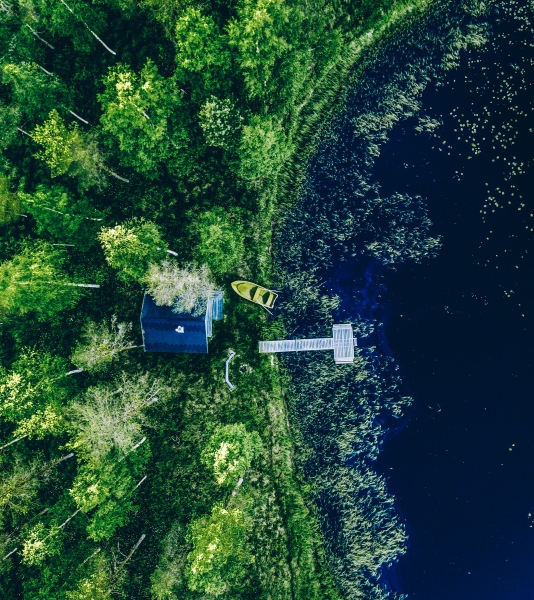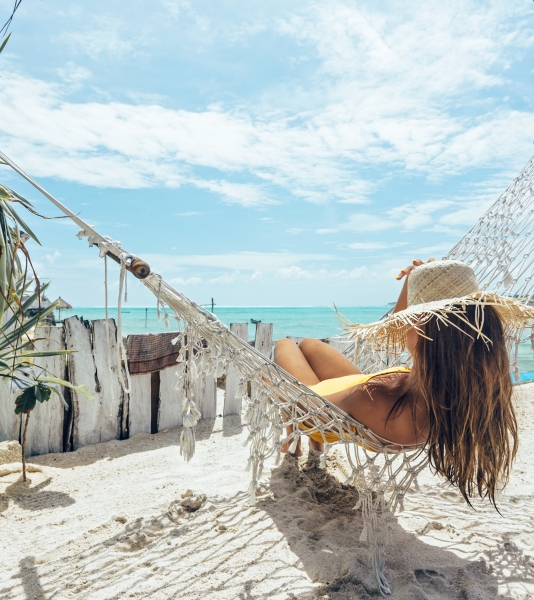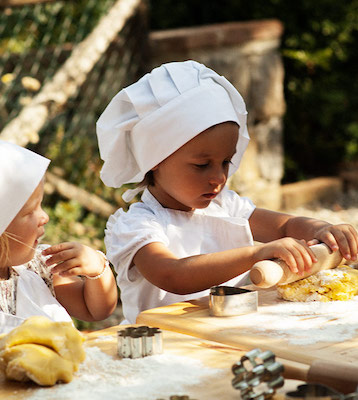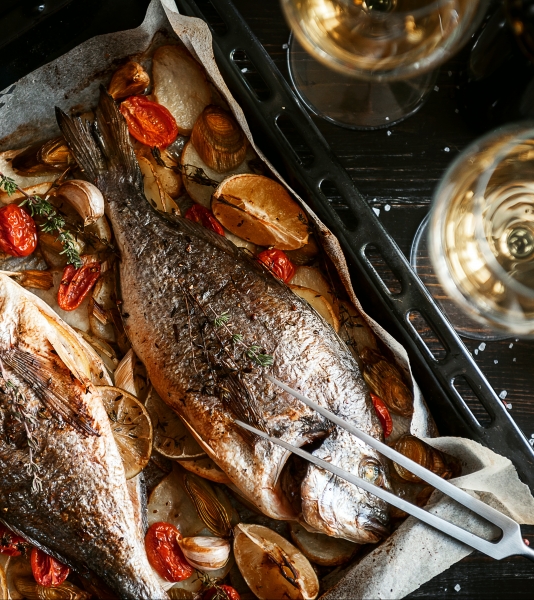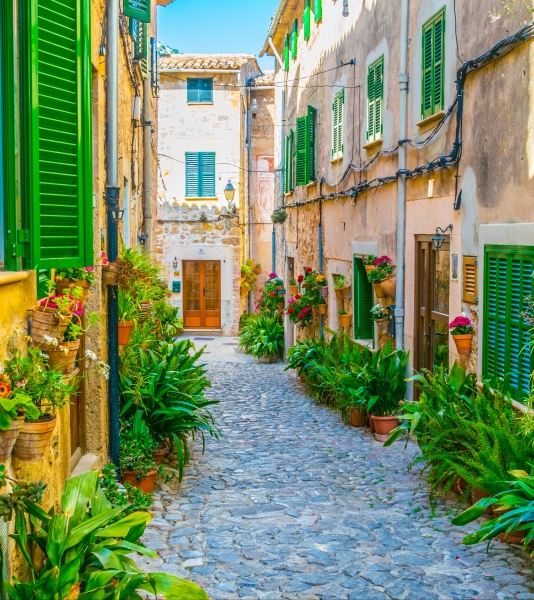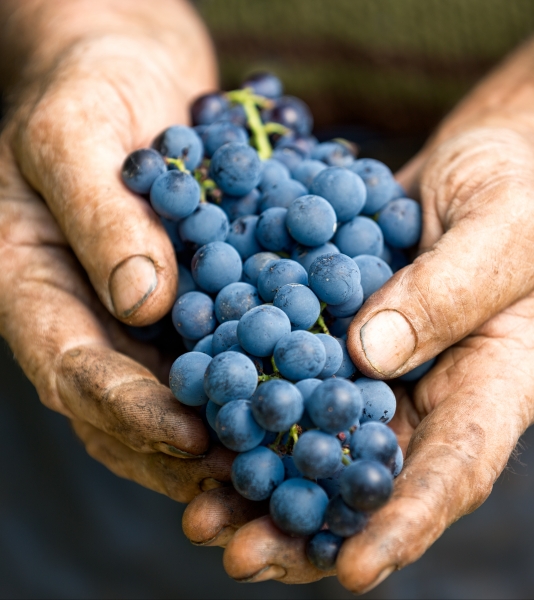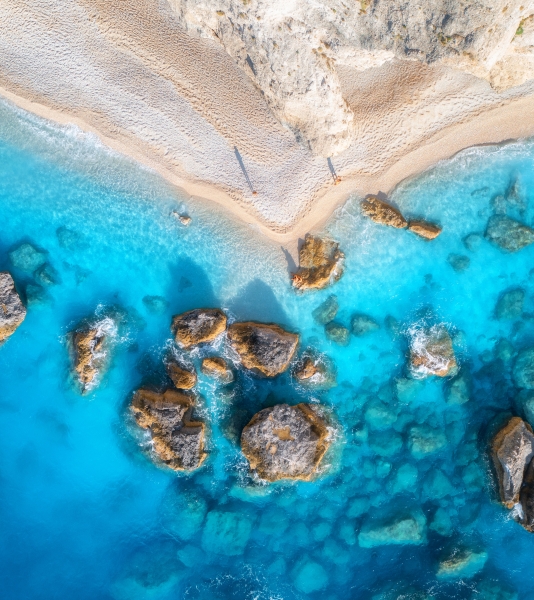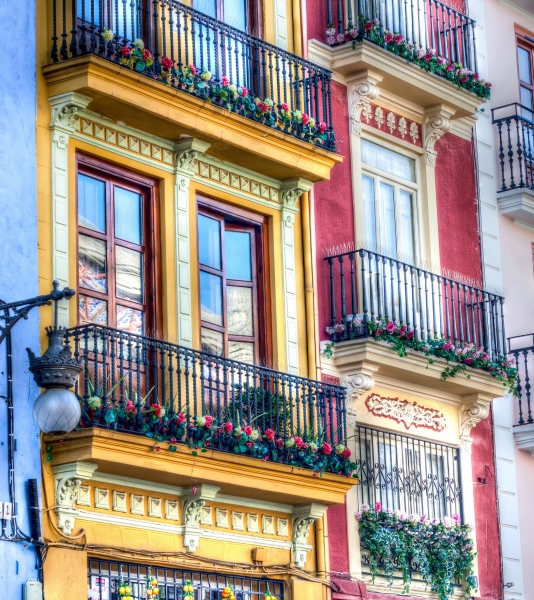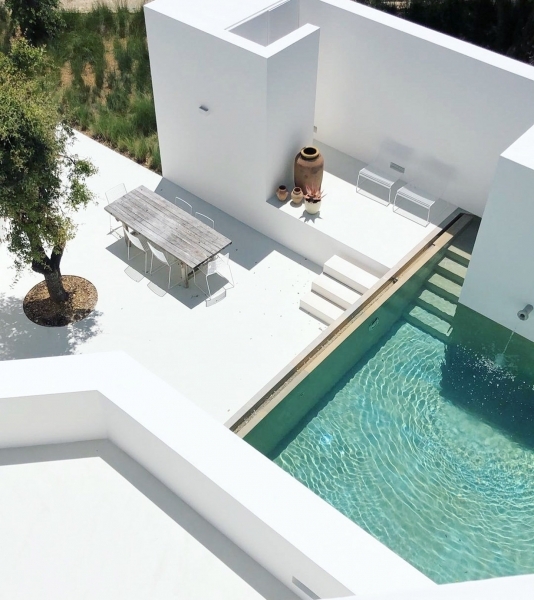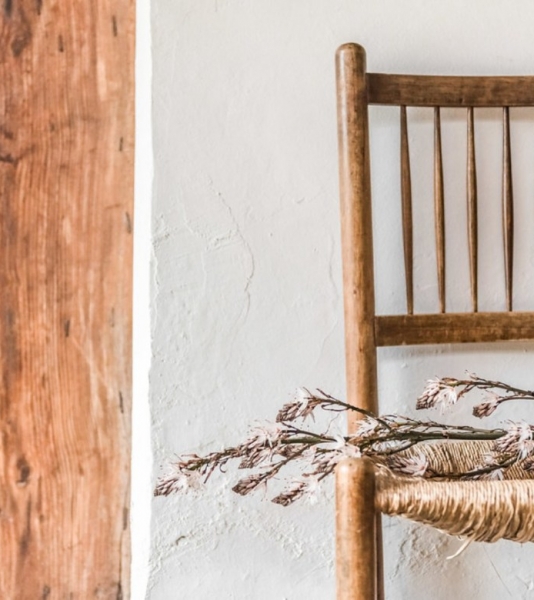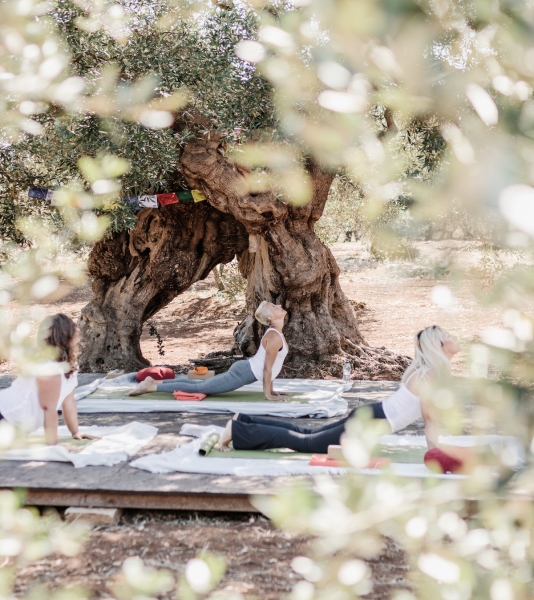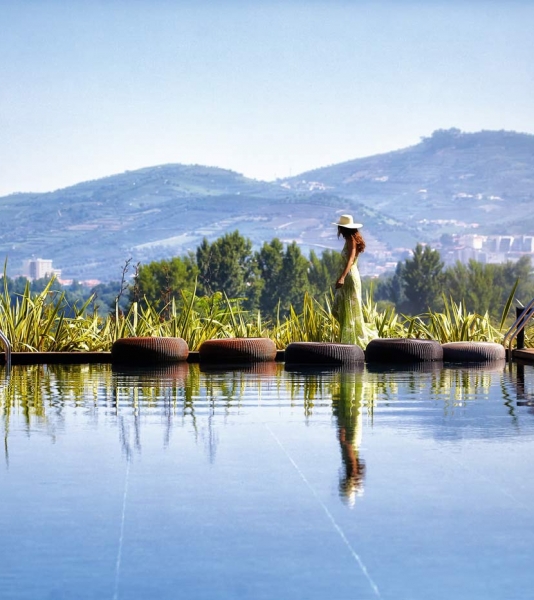Where to stay in Andalusia
Andalusia is a land of enchantment, with its eight provinces each offering a unique blend of history, culture, and natural beauty. This region in southern Spain is a destination that must be experienced first-hand to truly appreciate its allure. We have carefully selected a number of the best boutique hotels in Andalusia, wonderful luxury hotels from where to discover the region, charming bed & breakfast and authentic holiday rentals and luxurious villas in Andalusia for you to choose from.Explore our handpicked selection of the best hotels and holiday homes in the provinces of Andalusia:
You can click on the link of the province you wish to
explore below:
Boutique hotels in Cádiz and charming holiday villas
Boutique hotels in Córdoba and charming holiday villas
Boutique hotels in Granada and charming holiday villas
Boutique hotels in Huelva and charming holiday villas
Boutique hotels in Jaén and charming holiday villas (coming soon)
Boutique hotels in Málaga and charming holiday villas
Boutique
hotels in Seville and charming holiday villas
Starting in Almeria, the easternmost province of Andalusia, visitors will be immediately struck by the contrast between the arid desert landscape and the shimmering blue Mediterranean sea. Here, one can explore the fascinating Alcazaba, a Moorish fortress perched on a hill overlooking the city, or take a dip in the crystal-clear waters of the Cabo de Gata-Níjar Natural Park. We found lovely rural hotels in Almeria for you to enjoy your stay.
Moving westward, Granada is a province that needs no introduction. We have beautiful boutique hotels in Granada for you to be able to visit this magical province, as well as its city. The iconic Alhambra palace, with its intricate carvings, lively courtyards, and impressive views of the Sierra Nevada mountains, is a must-see for any traveler to Andalusia. Granada is also home to the historic Albaicin neighborhood, a labyrinth of narrow streets and whitewashed houses that offers a glimpse into the city's rich Moorish past.
Cordoba, located in the heart of Andalusia, is a province, as well as its city, full of history and culture. The magnificent Mezquita, a mosque-turned-cathedral with an incredible forest of columns and arches, is one of the most magnificent examples of Islamic architecture in the world. Visitors can also stroll through the picturesque Jewish quarter, with its flower-filled courtyards and charming alleyways. Check out our selection of the best places to stay in Cordoba!
Seville, province and capital of Andalusia, exudes passion and vitality. From the soaring Giralda tower, which once served as a minaret for a mosque, to the colorful Plaza de España, Seville is a city that rewards exploration, where we have the best boutique hotels in Sevilla for you to make the best of your visit. The Gothic Cathedral, with its towering nave and ornate altarpiece, is another highlight, as is the Alcazar, a palace that has served as a backdrop for numerous films and TV shows.
Huelva, on the western coast of Andalusia, is a province known for its beautiful beaches and nature reserves. The Doñana National Park, a UNESCO World Heritage site, is home to an incredible variety of flora and fauna, including the endangered Iberian lynx. Visitors can also explore the charming city of Huelva itself, with its historic center and impressive Gothic cathedral. There are great villas and holiday homes, as well as boutique hotels all over Huelva.
Jaen, the northernmost province of Andalusia, is often overlooked by tourists but is well worth a visit. The city of Jaen is home to a castle and a beautiful cathedral, and the surrounding countryside is dotted with olive groves and picturesque hilltop towns. The Sierra de Cazorla Natural Park, the largest protected area in Spain, is also located in Jaen and offers endless opportunities for hiking, wildlife watching, and outdoor adventure.
Malaga, on the southern coast of Andalusia, is a province that combines a rich cultural heritage with a vibrant contemporary scene. The historic center of Malaga has a cathedral, the imposing Alcazaba fortress, and the birthplace of famous artist Pablo Picasso. Visitors can also enjoy the city's many galleries, museums, and theaters, as well as its bustling nightlife and fantastic dining scene. Throughout the province of Malaga, we selected the best boutique hotels as well as charming villas and holiday homes for you!
Finally, Cadiz, the westernmost province of Andalusia, is a province known for its long beaches, laid-back atmosphere, and rich maritime history. The historic city of Cadiz, perched on a narrow peninsula jutting out into the Atlantic, is a delight to explore, with its winding streets, cute plazas, and lively markets. Visitors can also enjoy the province's numerous beaches, nature reserves, and traditional seafood cuisine. Whether you’re looking for a boutique hotel in Tarifa, El Puerto de Santamaria, or the city of Cadiz, or maybe a luxury villa in the Costa de la Luz, we are sure you will find it here.
Whether you’re exploring the Alhambra in Granada, wandering through the historic centre of Seville, or lounging on the beaches of Cadiz, Andalusia has something to offer every type of traveller. For those looking to delve deeper into the region's culture and traditions, there are numerous opportunities to engage with locals, learn about traditional crafts such as pottery and weaving, or attend flamenco performances.
Andalusia - Traditions and Culture
Since Andalusia has a history that spans thousands of years, the region is home to a fascinating mix of influences from its past, including the Phoenicians, Romans, Moors, and Christians. One of the most iconic symbols of Andalusia’s cultural heritage is flamenco, a style of music and dance that originated in the region. Flamenco is more than just a performance; it is a way of life for many Andalusians, with a deep connection to the region's history and traditions. Visitors to Andalusia can attend flamenco performances or take classes to learn more about this vibrant art form.
Andalusia is also home to numerous festivals and celebrations that showcase the region's unique cultural traditions. The Semana Santa (Holy Week) processions in Seville are a world-renowned event, with locals and visitors alike flocking to the city to witness the elaborate parades and religious displays. Other popular festivals include the Feria de Abril in Seville, the Romería de El Rocío in Huelva, and the Carnival of Cádiz.
Throughout the region, visitors can also explore traditional crafts and industries that have been passed down through generations. In towns such as Úbeda and Baeza, visitors can see examples of Renaissance architecture and art, while in cities such as Granada and Córdoba, visitors can explore the rich legacy of Moorish architecture and design. Local artisans continue to produce crafts such as pottery, weaving, and embroidery, offering visitors the opportunity to learn more about these traditional skills.
Andalusia’s culinary traditions are also deeply rooted in the region's history and culture. From the region's famous gazpacho to its delicious fried fish and meat dishes, Andalusia’s cuisine is a reflection of its diverse cultural heritage. Visitors can also sample the region's famous sherries and wines, which are produced in Jerez and Montilla-Moriles.
Andalusia’s culture and traditions are an integral part of the region's identity and offer visitors a unique and immersive experience. From flamenco and festivals to traditional crafts and cuisine, Andalusia is a region that celebrates its past while embracing its future, and visitors are sure to leave with a deeper understanding and appreciation of its rich cultural heritage.
Our collections
Don’t know where to go? Let our collections inspire you.


